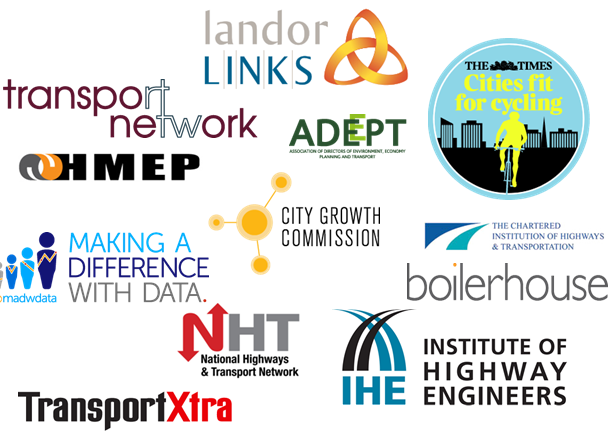Teresa Jolley reflects on her first 6 months studying Online Journalism, and what she’s planning next to bring a voice to local transport.
All talk, no action. As was evident at the recent regional DfT / HMEP roadshow events (I attended the one in Exeter), we all know things need to change, the tricky part is actually doing it. The task is daunting; reducing costs and improving services by sharing our learning across the 153 local authorities responsible for delivering local transport in England (and then there’s the supply chain, and the councillors…and the public…and the stakeholders….)
Tunnel Vision?
Highways engineers are a technical bunch; they don’t appreciate the complexities of their work being simplified. The problem with this though is that others don’t get chance to understand the real issues.
Perhaps I’m being unfair picking out highways engineers here, the same applies to many different disciplines. We all like to think our area of expertise should be given the time and respect it deserves when we share it with others. But do we share, or do we just speak? Imagine you are a messaging service, do you receive, or just send?
Take the blinkers off
What happens when others come along and try and share our work for us? Journalists perhaps, who without the detailed knowledge will do their best to translate the technical into something that others can understand. Too often the result is something shallow, or sensationalistic, and causes frustration on both sides. Dare I even mention ‘Potholes’? That should make it clear what I mean.
I explored this problem from a different angle recently; by attending a two-day course on how to teach data skills to journalists (see: “I don’t do maths”: How j-schools teach statistics to journalists)
Whilst the journalists were trying to find ways to help (humanities) students work with data more confidently and accurately, Professor Kevin McConway, Head of Statistics at the Open University put things into perspective by showing how he helps scientists overcome their mistrust of the media. Clearly there is work to be done on both sides, and funnily enough, this also reflects the issues we face in the local highways and transport sector:
“….one of the biggest failures of the highways and transport sector is its failure to communicate effectively with stakeholders and partners. Online and social media are going to play an increasingly significant role in both public and private sectors [in the future]….”
Steve Kent, President of the Association of Directors for Environment, Economy, Planning and Transport (ADEPT), and Local Authority Advocate for Highways Maintenance Efficiency Programme (HMEP).
Nicely said, Steve. I’ll come on to the social media part in a minute, but there’s one little point I need to pick up first: Storytelling.
Storytelling – it’s not that bad, really
This is what journalists do, and it’s taken me a while to get rid of the negative connotations I held of this (aka ‘making things up just to get a story’) having come from a science-based background myself. Through the teamwork experience building our HS2 Have a Say campaign at The Times Build The News Weekend in February, I now see that ‘storytelling’ simply means ‘finding a way to make people want to read what you have to say’. In other words, finding a hook, or something that relates to everyday life, something that people care about.
In other words, it’s all about effecting people’s emotions, and respecting people’s time. We’ve all heard the pleas from senior managers: ‘What’s the key message’? or ‘Keep it Simple (Stupid)’. If we’re all too busy speaking and writing about all the great things we do, then we have less time to understand how what we know can help others do what they need to do.
Thank goodness for journalists (!) Actually, anyone can be a journalist, we just need to care about communicating something useful to others in a way that motivates them to take action.
Not just words, try pictures, data and video too
As Stephen Quinn demonstrated recently Mobile Journalism, we’re no longer restricted to words, as it’s easy to create good quality short video using nothing more than an iphone and a £3 app (iMovie). That’s what I call inspiration. There are no technological barriers holding us back anymore; nothing stopping us except our own creativity and willingness to experiment.
The changes happening in journalism mirror those happening in many other sectors; we’re trying to find a more authentic and helpful way to communicate with each other. The web is a fantastic platform for doing this; hence Steve Kent’s reference to the importance of online and social media tools.
What’s next?
I know it’s tough for many in the local highways and transport sector to take that leap of faith and find your voice to share your learning with others; I was with you 6 months ago. Now I’m here, blogging online, working with data and excited about using video to tell great stories and start bringing local transport together. I’ve still lots to learn, of course, but my task now is to find and work with others who share this passion, and together we can make serious inroads in the communication revolution we’re all so in need of. Are you ready to join me?
